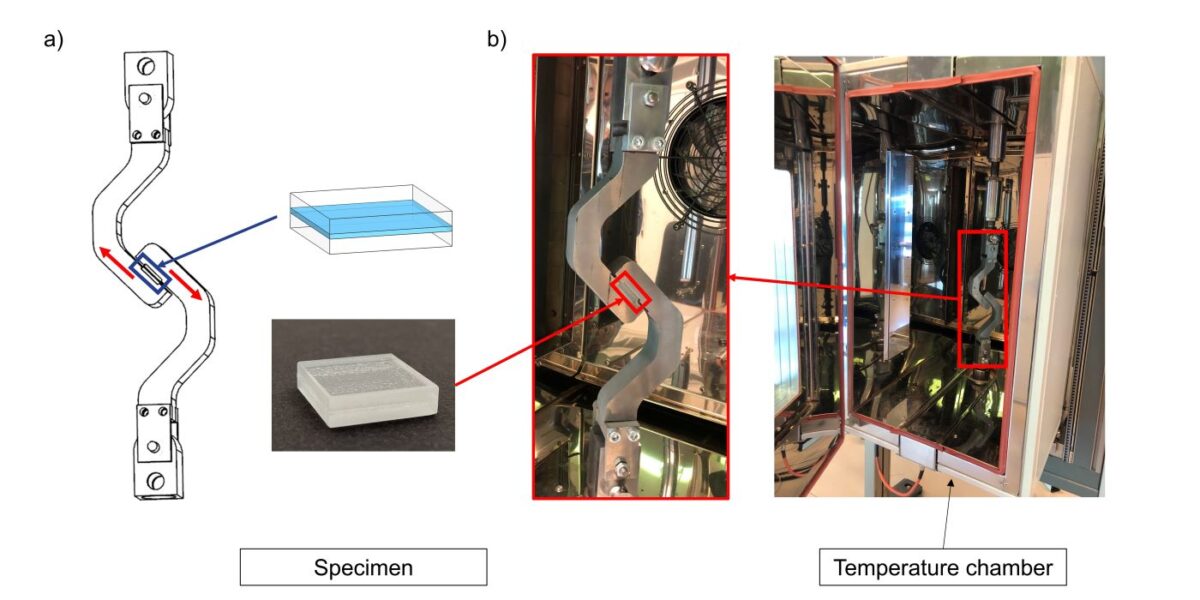A group of scientists from the University of Linz and the Johannes Kepler University in Austria has carried out lengthy damp-heat tests on double glass solar modules made with UV-transparent ethylene vinyl acetate copolymer (EVA) and polyolefin elastomer (POE) encapsulants for over 10,000 hours and has found several advantages of using POE encapsulants compared to EVA materials.
“The investigations clearly revealed that POE is outperforming EVA especially when it comes to long-term durability of double glass modules under damp heat conditions,” the research's corresponding author, Gernot Wallner, told pv magazine, noting that the main advantages of POE are less water uptake and scattering effects, improved interfacial strength in hot-humid environment, as well as a tendency to resist the formation of acidic degradation products and an enhanced barrier capability against sodium ion diffusion.
“Especially in encapsulants of double glass modules, the formation and transport of low molar mass substances, such as acidic degradation products, water vapor or sodium ions is crucial for the long-term durability,” he added.
The study involved preparing double glass laminate specimens measuring 25 mm × 25 mm× 7 mm. The UV transparency of the encapsulant materials was achieved by adding hindered amine light stabilizers (HALS). Alternative stabilizers, such as phenolic antioxidants, were avoided due to their acidic tendencies.
The specimens were placed in an environmental chamber at relative humidity for exposure up to 10,000 hours under damp heat conditions of 85 C at 85 % and wer then shear load tested, exploring several failure modes.
Popular content
Materials were characterized throughout the experiment with several tools, including microscopy visual appearance, UV-visible-near infrared (UVVISNIR) spectroscopy for hemispheric and diffuse transmittance, compressive shear testing (CST) to determine changes in ultimate shear load, differential scanning calorimetry (DSC) to measure effects on the thermal transition in the melting range, and to assess compressive shear fractures. The researchers also used X-ray photoelectron spectroscopy (XP) and macro and microscopic infrared testing (FTIR).
“The main surprise was the excellent adherence of low-polar hydrocarbon-based POE to the solar glass substrates at elevated temperatures. Moreover, the adherence was even improved under hot-humid conditions,” said Wallner.
The results of the test were presented in the study “Effect of global damp heat ageing on debonding of crosslinked EVA- and POE-glass laminates” published in Solar Energy Materials and Solar Cells.
Looking ahead, the researchers see further research required on the durability of double-glass laminates for EVA, POE, thermoplastic polyolefin encapsulants, as well as toughened solar glass substrates, with a focus on the effects of UV and damp heat loading conditions at the specimen level to better understand UV weathering effects and superimposed cyclic mechanical or electrical stresses.
This content is protected by copyright and may not be reused. If you want to cooperate with us and would like to reuse some of our content, please contact: editors@pv-magazine.com.


2 comments
By submitting this form you agree to pv magazine using your data for the purposes of publishing your comment.
Your personal data will only be disclosed or otherwise transmitted to third parties for the purposes of spam filtering or if this is necessary for technical maintenance of the website. Any other transfer to third parties will not take place unless this is justified on the basis of applicable data protection regulations or if pv magazine is legally obliged to do so.
You may revoke this consent at any time with effect for the future, in which case your personal data will be deleted immediately. Otherwise, your data will be deleted if pv magazine has processed your request or the purpose of data storage is fulfilled.
Further information on data privacy can be found in our Data Protection Policy.